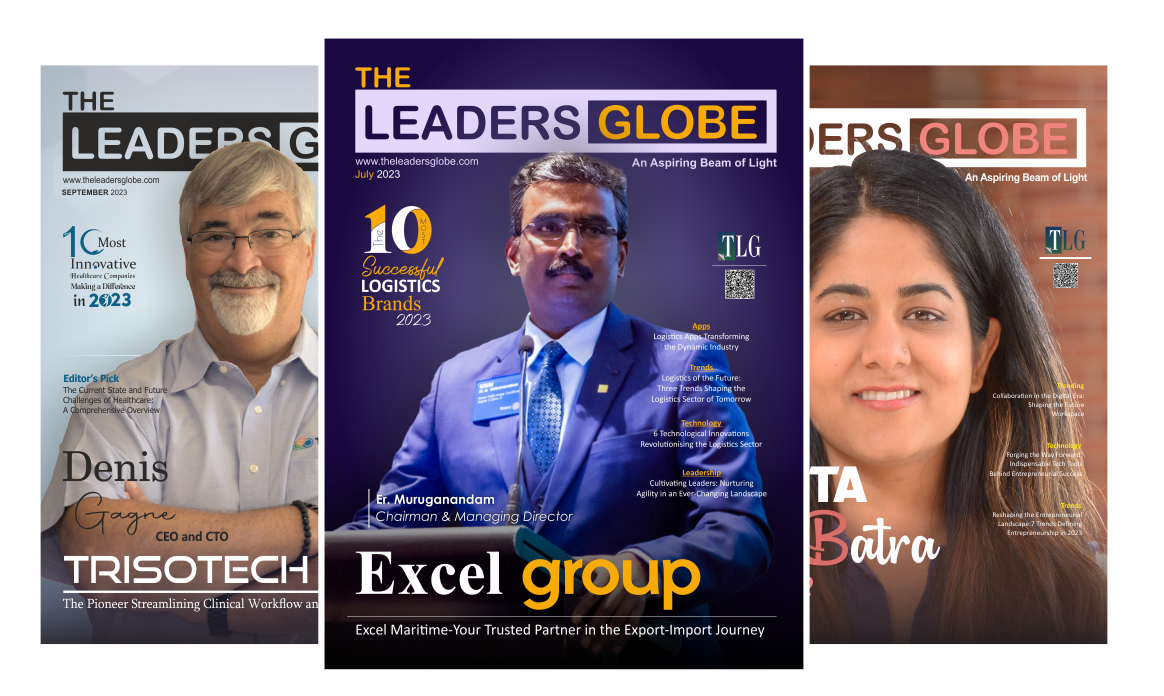Leading by example is what all our leaders do and it is something that all of us expect from them. How they choose to lead is however their own choice. Everybody has a different persona, a different personality and that eventually decides how they prefer to work. We can at that same time distinguish between different leadership styles but none of them can be classified as good or bad or having better results, that completely depends upon the situation. Broadly in an organisation the different leadership styles observed are:
- Transformational Leadership
The leadership style which has proven to be one of the most effective in the world is the transformational leadership. Effective communication is one of the hallmarks of this style of leadership. There is collaboration amongst the members which inspires all employees and directs a path to success. More is expected out of every member of the team, higher expectations and higher goals which requires a very motivated and detail-oriented manager who can monitor all tasks effectively.
- Participative/Democratic Leadership
In this type of leadership, motivation and encouragement is very high amongst the members because they have a highly participative leader. Group members are also given leverage to put forward their views, however, the final say is retained by the leader. They make sure that participation is at its highest and there are incentives based upon the performance to enhance the participation.
- Laissez-Faire/Delegative Leadership
This term has been borrowed from the French dictionary which means to let be. In leadership this is applied to letting the members be and giving them freedom to take their own decisions and even leadership is delegated to different members of the group. The leader eventually takes responsibility for whatever happens in the organisation. This sort of leadership should not be used with unskilled individuals as it can prove to be highly costly for the organisation. Only members which are highly trained and can manage the tasks appropriately because it is a big responsibility being given to them.
- Autocratic leadership
Also very commonly called traditional leadership, this person is the pivot around which the company revolves. The leader holds complete authority with regards to whatever happens and all decisions go through them. Usually, in such a system there is a hierarchy and everything occurs in that order. This leadership is often not popular among the employees because there is little or no freedom to take a decision and everything occurs through a higher command. It works best when the work is well defined and there is very little scope for creativity. The individuals can give feedback but at the same time the leader is not obliged to agree to the feedback or advise.
- Transactional Leadership
The trademarks of transactional leadership are group organization, having a clear chain of command and also implementing a carrot and stick approach to all management activities. It is however important to clarify what is expected out of the employees and also how the employee is supposed to meet all those expectations and what perks will be made available if the work is done effectively. No major structural reforms are made by the transactional leader, changes are made within the system whenever they are required.
- Bureaucratic Leadership
In highly regulated or administrative environments bureaucratic leadership works best because these environments warrant an adherence to rules and there is a defined hierarchy. Leaders in this style, set a strict set of rules and regulations following which is of utmost importance. Leaders themselves follow these rules and therefore set the bar high for others to follow.
- Charismatic Leadership
This is an overlapping form of leadership because in almost all cases a leader possesses charisma that is required to have a powerful impact on the others. These leaders are very confident of their own selves and the decisions that they make. They are able to have an over lasting influence upon the others and they are very clear as to what to expect from people and the direction that the company is headed to. This form of leadership will work best only if it is clubbed with others because otherwise too much importance is attached to one figure alone.
There can be numerous other forms of leadership as well. This is a very broad classification of the types observed all around the world. At the same time, a fact that cannot be ignored is that leadership is fluid and that no leader fits neatly into one category, it can be an amalgamation of many and leaders can also choose to change a sort of leadership if they find a particular type is not suiting or matching up with the work expectations.




